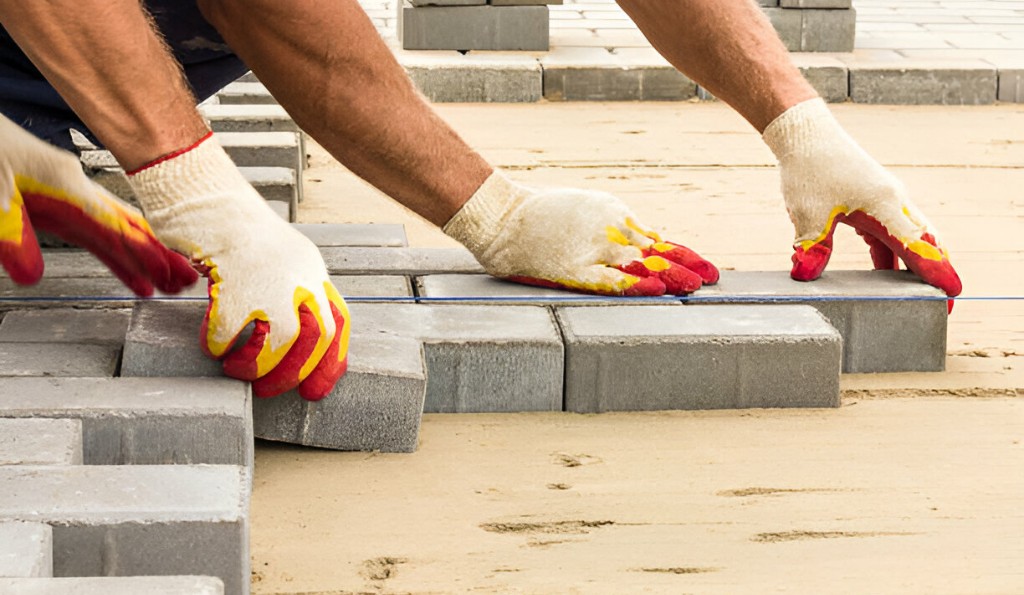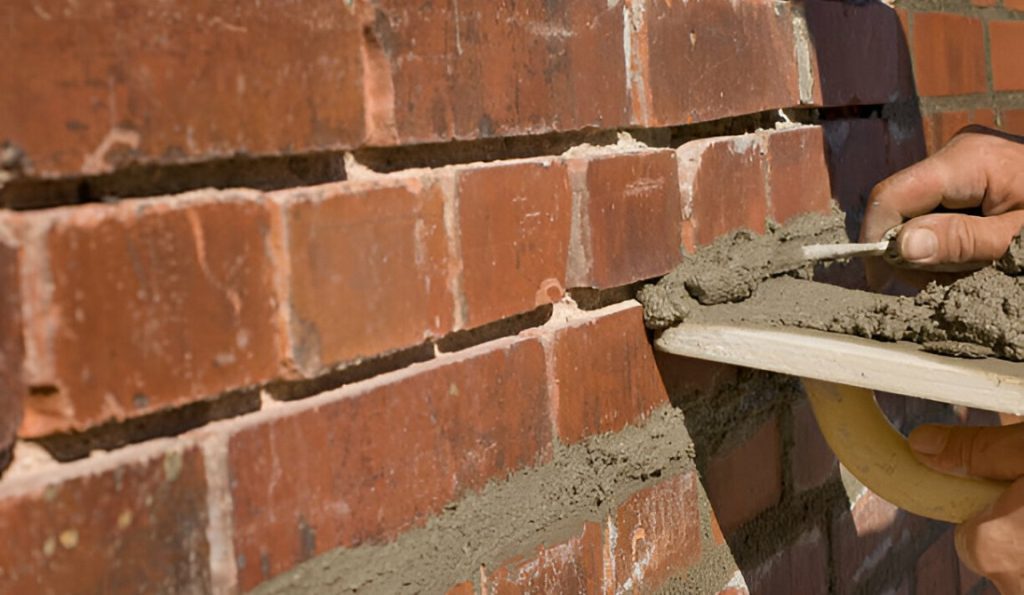A common service most properties in Brooklyn require is masonry repair. And this is because many of these older buildings have weaker masonry work done. But there are various common masonry repair issues that home improvement contractors face. However the best ones in Brooklyn such as ourselves know how to solve them quite easily.
And in this article we will be going over some of these common masonry repair issues and how we solve them. So sit back and read through to know which issues might your building have and what needs to be done to solve them.
Common Masonry Repair Issues in Brooklyn
Masonry buildings in Brooklyn can face several repair issues due to weather, age, and other factors. Here are some common problems that professional masonry service providers face:
Cracks in Masonry
Vertical cracks often happen because the building’s foundation is settling or shifting. These cracks should be checked regularly. If they are small, they can be filled with sealant. Bigger cracks might need more serious repairs.
Horizontal cracks are more serious and usually mean the structure has a big problem. This can happen if the soil around the foundation moves a lot. If you see horizontal cracks, call a professional right away. The foundation might need to be reinforced.
Stair-step cracks look like steps and usually appear in brick walls. They are caused by uneven settling or pressure on the foundation. These cracks need to be repaired by filling or replacing the affected bricks and mortar.
Spalling
Spalling happens when the surface of bricks or stones flakes off. It can be caused by water entering the masonry, freezing, and expanding, or by using poor-quality bricks.
To prevent spalling, use high-quality bricks and ensure proper installation. Also, ensure good drainage around the building to keep water away from the masonry.
Efflorescence
Efflorescence is a white, powdery substance. It sometimes appear on the surface of bricks. It happens when water in the masonry evaporates and leaves behind salt deposits.
Efflorescence can be removed by brushing the surface with a stiff brush and water. To prevent it from coming back, address any moisture issues and improve the drainage around the building.
Bulging or Bowing Walls
Bulging or bowing walls can happen because of water damage, foundation problems, or too much weight on the walls. If a wall is bulging or bowing, it needs to be reinforced. This can be done with wall anchors or other support systems. In severe cases, the wall might need to be rebuilt.
Mortar Deterioration
When the mortar between bricks crumbles, it must be replaced. This process is called repointing. The old mortar is taken down, and the new mortar is placed. This helps keep the bricks in place and the wall strong.
Using good-quality mortar is important. It should match the original mortar in the building. Poor-quality mortar can lead to more damage and won’t last as long.
Water Penetration
Water can damage masonry by entering through cracks or poor-quality mortar. This can cause spalling, efflorescence, and other issues.
Waterproofing techniques protect masonry from water damage. These include sealing cracks, repointing mortar joints, and applying water-repellent coatings. Good drainage around the building also helps keep water away from the masonry.
Repair Techniques for Masonry Issues

Masonry buildings can experience various problems over time. Here are some repair techniques for common masonry issues:
Crack Repair Methods
Epoxy injections are used to fill and seal cracks in masonry. This method involves injecting a special epoxy resin into the crack, which hardens and bonds the cracked surfaces together, helping restore the wall’s strength.
Stitching is another method of repairing cracks. This technique uses metal rods or bars inserted across the crack. The rods hold the cracked sections together, preventing further movement and providing additional support.
Spalling Repair Techniques
Patching involves removing the damaged, flaking surface of the brick or stone and applying a new layer of material. The new patch is carefully matched to the original material to blend in and restore the appearance.
In severe cases of spalling, replacing the damaged bricks or stones may be necessary. This ensures the structural integrity of the masonry and prevents further deterioration.
Efflorescence Treatment
Chemical cleaning removes the white, powdery substance known as efflorescence from masonry surfaces. Special cleaning agents dissolve and wash away the salts, restoring the brick or stone’s clean appearance.
Preventing efflorescence involves controlling moisture. This can be done by improving drainage around the building, sealing cracks, and using water-repellent coatings on the masonry. Keeping water away from the masonry reduces the chances of efflorescence forming.
Bulging Wall Repair
Bracing is used to support and stabilize bulging or bowing walls. This method involves installing metal or wooden supports to hold the wall in place and prevent further movement.
In cases where the wall is severely damaged, reconstruction may be necessary. This involves taking down the affected section of the wall and rebuilding it with new materials. This ensures the wall is strong and stable.
Mortar Repointing
Regarding professional repointing masonry you will need to follow certain steps. Professionals will have a complete process that they will follow. Here is a gist of the whole thing:
- Remove the old, crumbling mortar from between the bricks or stones.
- Clean the joints to remove dust and debris.
- Apply new mortar to the joints, packing it in tightly.
- Smooth and shape the new mortar to match the original appearance.
It’s important to choose the right mortar mix for repointing. The new mortar needs to match the original in terms of strength, color, and texture. Using the wrong mortar can cause further damage and will only last for a while.
Waterproofing Masonry
Sealants are applied to the surface of masonry to protect it from water. They create a barrier that prevents water from entering the brick or stone. This helps to prevent issues like spalling and efflorescence.
Good drainage solutions help keep water away from masonry walls. This can include installing gutters and downspouts to direct rainwater away from the building, grading the soil around the building to slope away from the walls, and ensuring proper drainage systems are in place.
Conclusion
As you have just read, home contractors in Brooklyn face many common masonry repair issues. There are probably more but the ones we covered should give you a solid base. Thankfully, if you contract professionals like AKRoofing3D, then you won’t have any problems because we are experts in solving these issues. Contact us right away if you are looking for some professional masonry work.

